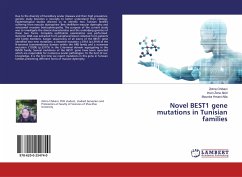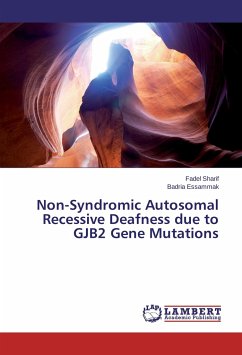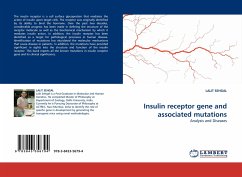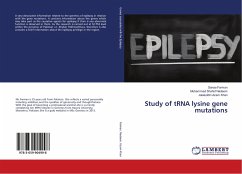Due to the diversity of hereditary ocular diseases and their high prevalence, genetic study becomes a necessity to better understand their etiology. Epidemiological studies allowed us to identify two Tunisian families suffering from macular dystrophies: Best vitelliform macular dystrophy and autosomal recessive bestrophinopathy. The purpose of the current study was to investigate the clinical characteristics and the underlying genetics of these two forms. Complete ophthalmic examination was performed. Genomic DNA was extracted from peripheral blood collected from patients and family members. Sanger sequencing of all exons of the BEST1 gene identified two new mutations: a missense mutation c.C91A (p.L31M) at the N-terminal transmembrane domain within the ARB family and a nonsense mutation C1550G (p.S517X) in the C-terminal domain segregating in the BVMD family. Several mutations of the BEST1 gene have been reported which are responsible for numerous ocular pathologies. To the bestof our knowledge, it is the first time we report mutations in this gene in Tunisian families presenting different forms of macular dystrophy.








